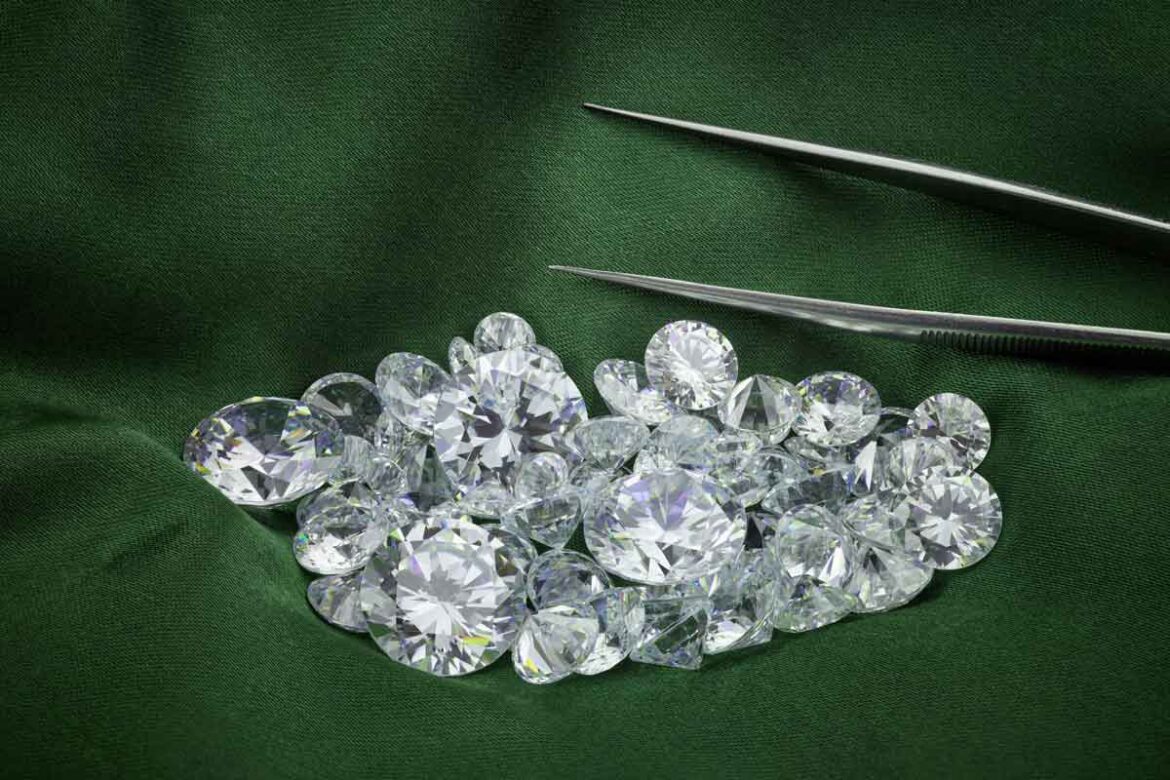The launch of production at Angola’s Luele diamond mine in October 2023 played a crucial role in boosting revenues during the fourth quarter of the 2024 financial year.
According to a report by the National Diamond Trading Company (Sodiam), the company conducted four production cycles from the Catoca and Luele projects during this period.
The findings were presented at the 2025 Diamond Sector Outlook, where Sodiam highlighted that net results were influenced by an average price of $142.9 per carat—higher than the average in 2023.
Angola recovered slightly over 14 million carats of diamonds in 2024, reaching 96% of the National Development Plan’s target of 14.64 million carats for 2023–2027.
Of the total produced, 10.1 million carats of rough diamonds were exported, 99.7% of which came from industrial production. These exports generated around $1.4 billion in revenue.
This represented a 2.9% increase in export volume compared to 2023 but a 5.1% drop in revenue. The Angolan state collected approximately $112 million in taxes from the sector, 66.7% from royalties and 33.3% from advanced corporate tax. Despite this, tax revenue from diamond sales fell by 2.35% year-on-year.
Industrial production accounted for roughly 99% of both volume and revenue in 2024, indicating that semi-industrial and artisanal mining remained marginal. Low performance in earlier quarters was attributed to limited or absent production at the Catoca and Luele mines, which negatively impacted the global average price.
However, auction sales of 62 special stones from the Lulo, Uari, Chitotolo, Somiluana, Kaixepa, Tchégi, and Catoca projects in April and October positively influenced the average price.
Revenues in April, July, August, September, and November 2024 were higher than in the same months of 2023 due to increased sales volumes.
Catoca contributed 56.7% of total production volume and 38.6% of revenue. Four auctions were held during the year—one more than in 2023—featuring 117 special stones.
These high-value stones originated from kimberlite pipes at Lulo, Uari, Chitotolo, Somiluana, Kaixepa, Luele, Catoca, Tchégi, and Sangamina, generating 18.8 thousand carats and gross revenue of $57.8 million.
Ten semi-industrial cooperatives produced 32.3 thousand carats valued at $6.4 million, reflecting a 79.4% increase in volume but a 2.6% decrease in revenue.
Sales of synthetic diamonds ranging from 1 to 3 carats surged during the U.S. holiday season, with prices ranging between $1,000 and $3,000.
Meanwhile, the Chinese market for polished diamonds has remained stagnant since the COVID-19 pandemic, with no signs of recovery expected until at least 2026.
The average price per carat across the board stood at $142.9—a $20.1 decline compared to 2023—reflecting the ongoing global downturn in the diamond industry since 2022.
A global oversupply of polished diamonds and weak demand for rough stones prompted leading producers such as De Beers, Alrosa, and Okavango to cancel multiple planned sales.
In Angola, Catoca and Luele opted to stockpile inventory for over two months in anticipation of a price rebound. However, the price increase never materialized, resulting in losses.
In November and December, Catoca resumed sales with four production cycles, totaling 40 lots—the equivalent of four months of output.
“The stockpiling strategy adopted by Catoca ultimately resulted in losses due to stagnant prices. With weak demand and low profitability, polishing factories in India operated at less than 60% capacity,” the report noted.
It also highlighted a growing shift in India’s diamond industry. Many small factories transitioned to synthetic diamonds or sought investment opportunities outside the diamond sector.
Small and mid-sized factories continued to face severe financial hardship, indicating ongoing stress across the value chain.
![]()




